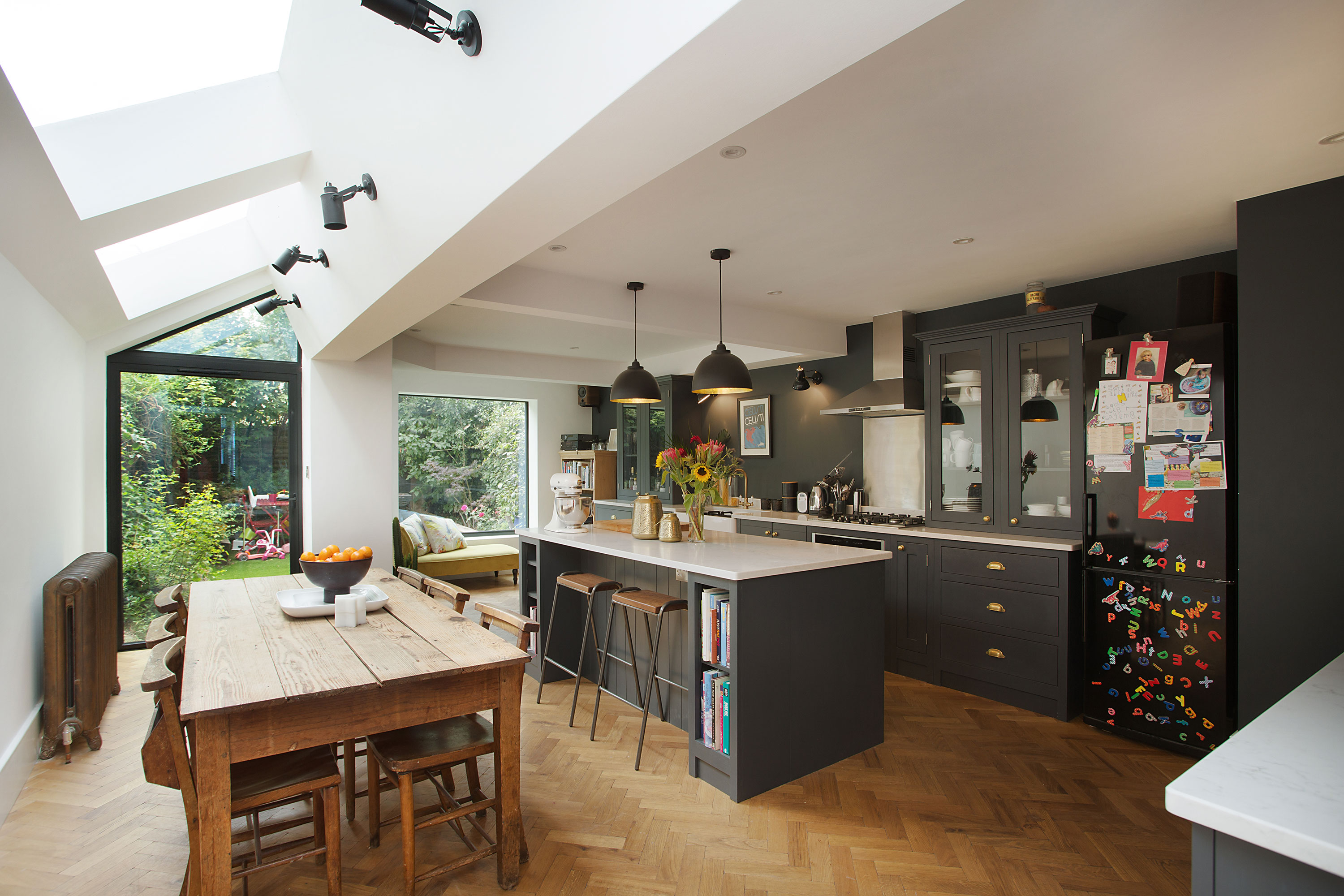
Getting planning permission is an essential step of extension and renovation building projects. While many home improvement projects don't require planning permission – conversion projects and smaller extensions typically fall into this category – bigger projects often do, and it's very important to nail the application process in order to prevent unnecessary delays.
How often do planning permission applications get rejected? As it turns out, it largely depends on where you live. Research analysis of planning permission application data from Ministry of Housing by Roofing Megastore reveals that your chances of having a planning application approved can be as high as 98.9 per cent if you live in Carlisle, or as low as 65.13 per cent if you live in Enfield, London. What are the reasons behind this disparity, and how can you ensure that your planning permission application doesn't get rejected? We look at the most common reasons for rejection and the best ways to avoid them.
1. Overdevelopment
It's no coincidence the all the areas where it's most difficult to get planning permission approved are densely populated areas; eight out of 10 areas where planning permission gets rejected the most are London suburbs such as Harrow, Hillingdon, and Greenwich, but Rochdale, Manchester, and Southend-on-Sea in Essex are also in the top 10 for rejection.
According to the Planning Portal, overdevelopment can refer to the 'amount of development (for example, the quantity of buildings or intensity of use) that is excessive in terms of demands on infrastructure and services', or ' impact on local amenity and character'.
If you live in a densely populated area, particularly in a low-rise suburb, it's unwise to plan a massive extension that's bigger and taller than anything in the area, or to include multiple new buildings into the application, even if space allows. Hiring a local architect is the best way to ensure that what you're planning will be in keeping with what's considered reasonable for your area.
2. Impact on neighbouring buildings
This is a related, though slightly different ground for objection. You extension might not be massive, but if it's going to block your neighbour's light, you can be almost certain they'll raise an objection. The best way to prevent your application from being rejected on these grounds is to visit your neighbours and have an honest conversation with them about your plans. You might not even be aware of the aspect of their garden and how your project would impact them; most people are reasonable and will accept a compromise.
3. Changes to a listed building
If you live in a listed building – or in a Conservation Area – then permitted development rights that allow many projects to go ahead without the need for planing permission won't apply to you. Listed buildings are protected by law, in their entirety (meaning, both the exterior and interior of the property), and you'll need approval for most changes, with the rules stricter the older your property is. This doesn't mean that your application will be refused (in fact, most are approved), but don't assume that if it's a small change – e.g. replacing windows – you can get away with making it without permission. You'll also need to seek approval for the materials you'll be using for your project, as these need to be in keeping with the character of the building/surrounding area.
Join our newsletter
Get small space home decor ideas, celeb inspiration, DIY tips and more, straight to your inbox!
4. Impact on nature or tree conservation
This is a ground for rejection some people still don't know much about – not only can your application be refused, but you can incur a hefty fine for removing or damaging a protected tree or building on a protected area such as an Area of Outstanding Natural Beauty, a wetland, a site of special scientific interest, or a wildlife conservation area. It is your responsibility to find out whether you live on/next to such an area: the easiest thing is to contact your council. The same goes for trees: if you have a mature tree on your property, find out whether it's protected before submitting your planning application.
Read more:
- Kitchen extension costs: what will you pay in 2020?
- House renovation: where to start when renovating a house
Anna is a professional writer with many years of experience. She has a passion for contemporary home decor and gardening. She covers a range of topics, from practical advice to interior and garden design.
-
 This colourful home makeover has space for kitchen discos
This colourful home makeover has space for kitchen discosWhile the front of Leila and Joe's home features dark and moody chill-out spaces, the rest is light and bright and made for socialising
By Karen Wilson Published
-
 How to paint a door and refresh your home instantly
How to paint a door and refresh your home instantlyPainting doors is easy with our expert advice. This is how to get professional results on front and internal doors.
By Claire Douglas Published
-
 DIY transforms 1930s house into dream home
DIY transforms 1930s house into dream homeWith several renovations behind them, Mary and Paul had creative expertise to draw on when it came to transforming their 1930s house
By Alison Jones Published
-
 12 easy ways to add curb appeal on a budget with DIY
12 easy ways to add curb appeal on a budget with DIYYou can give your home curb appeal at low cost. These are the DIY ways to boost its style
By Lucy Searle Published
-
 5 invaluable design learnings from a festive Edwardian house renovation
5 invaluable design learnings from a festive Edwardian house renovationIf you're renovating a period property, here are 5 design tips we've picked up from this festive Edwardian renovation
By Ellen Finch Published
-
 Real home: Glazed side extension creates the perfect garden link
Real home: Glazed side extension creates the perfect garden linkLouise Potter and husband Sean's extension has transformed their Victorian house, now a showcase for their collection of art, vintage finds and Scandinavian pieces
By Laurie Davidson Published
-
 I tried this genius wallpaper hack, and it was perfect for my commitment issues
I tried this genius wallpaper hack, and it was perfect for my commitment issuesBeware: once you try this wallpaper hack, you'll never look back.
By Brittany Romano Published
-
 Drew Barrymore's new FLOWER Home paint collection wants to give your walls a makeover
Drew Barrymore's new FLOWER Home paint collection wants to give your walls a makeoverDrew Barrymore FLOWER drops 27 brand-new paint shades, and every can is made from 100% post-consumer recycled plastic.
By Brittany Romano Published